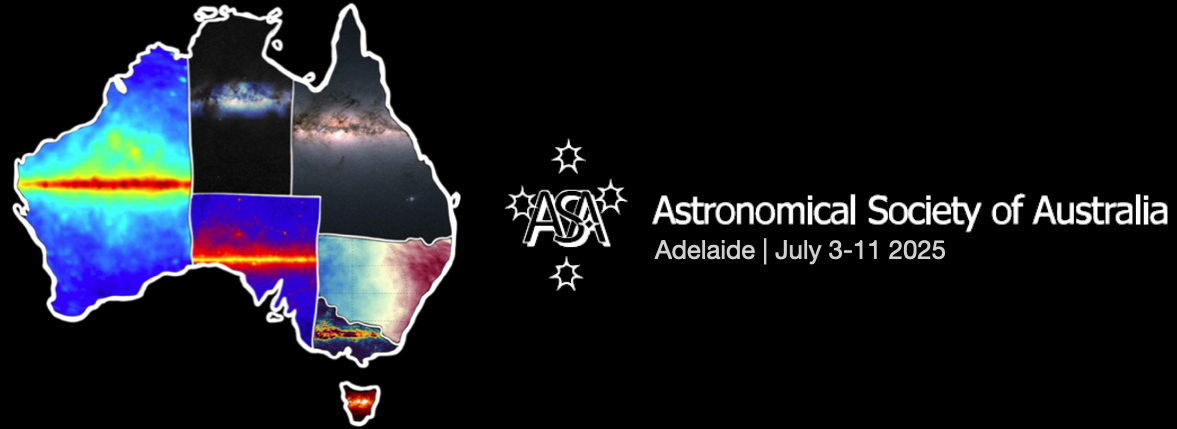Speaker
Description
Time domain radio astronomy will be revolutionised by the Square Kilometre Array. The capability to image the sky repeatedly, over many frequencies and timescales, will allow us to explore and understand dynamic phenomena in a way that has not been previously possible. These phenomena range from events at cosmological distances, such as gamma-ray bursts and fast radio bursts, to much more local events, such as massive flares from stars in our Galactic neighbourhood. In each case, rapidly varying emission gives us insights into physics of extreme environments.
In the past decade, there have been great strides forward as we prepare for the SKA. We have seen the field of radio transients evolve from targeted observations of individual objects; to archival searches; to dedicated wide-field surveys on SKA pathfinder and precursor instruments. We have already seen new discoveries, such as the emerging class of long-period transients.
In this talk I will review the history of radio transient surveys, and the evolution of the field to the current time. I will discuss what we have learned from the major widefield surveys that have been conducted on pathfinder and precursor instruments. In particular I will share some of the highlights from the ASKAP Variables and Slow Transients Survey. I will also identify some of the lessons learned from these surveys (both scientific and technical), and some of the challenges we face in scaling up our current approaches for the Square Kilometre Array.

